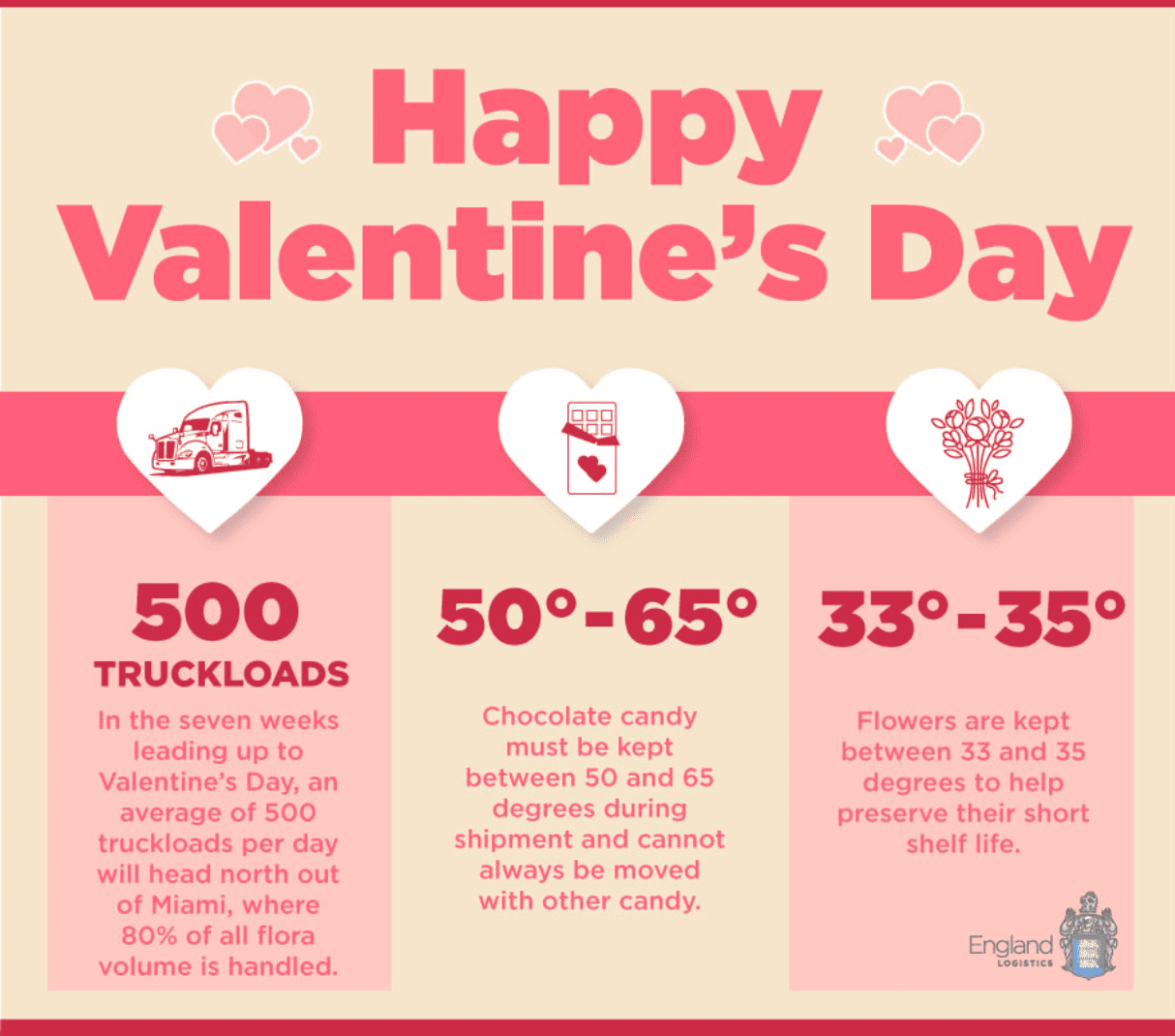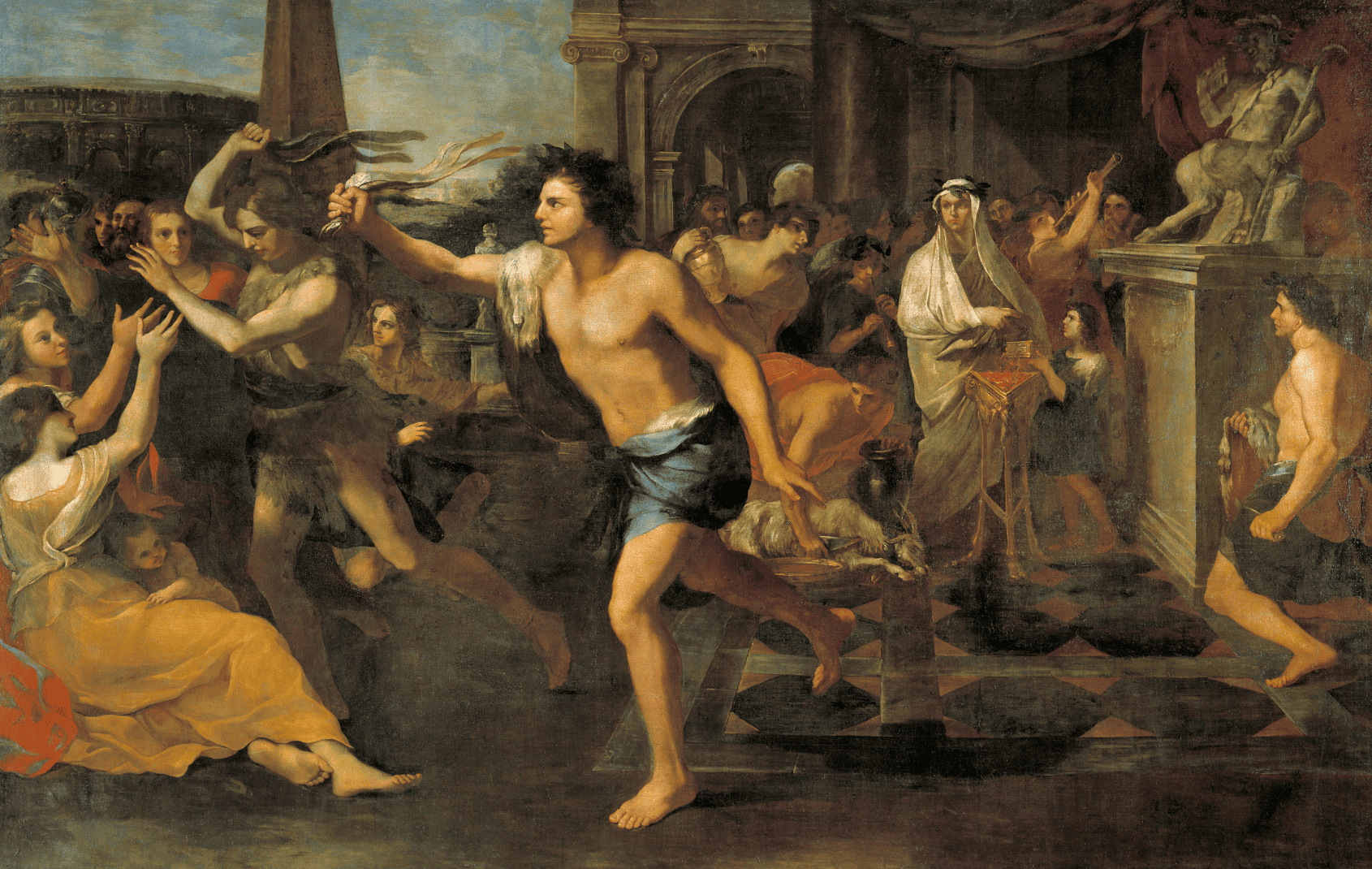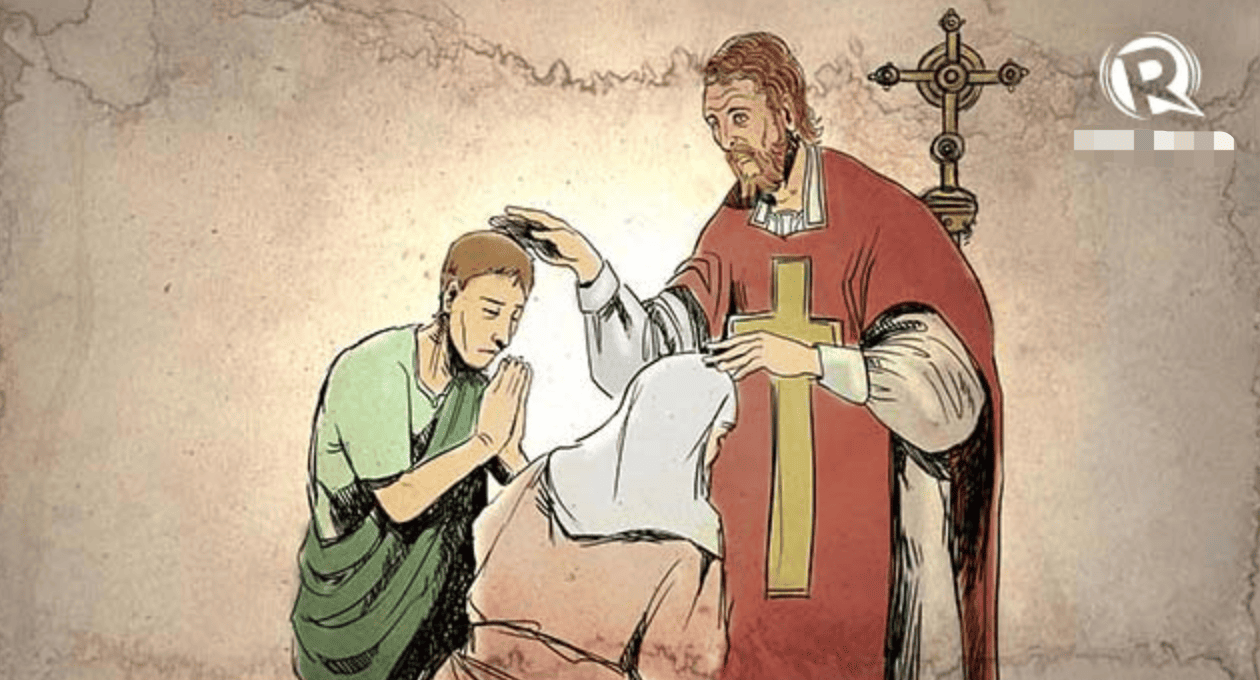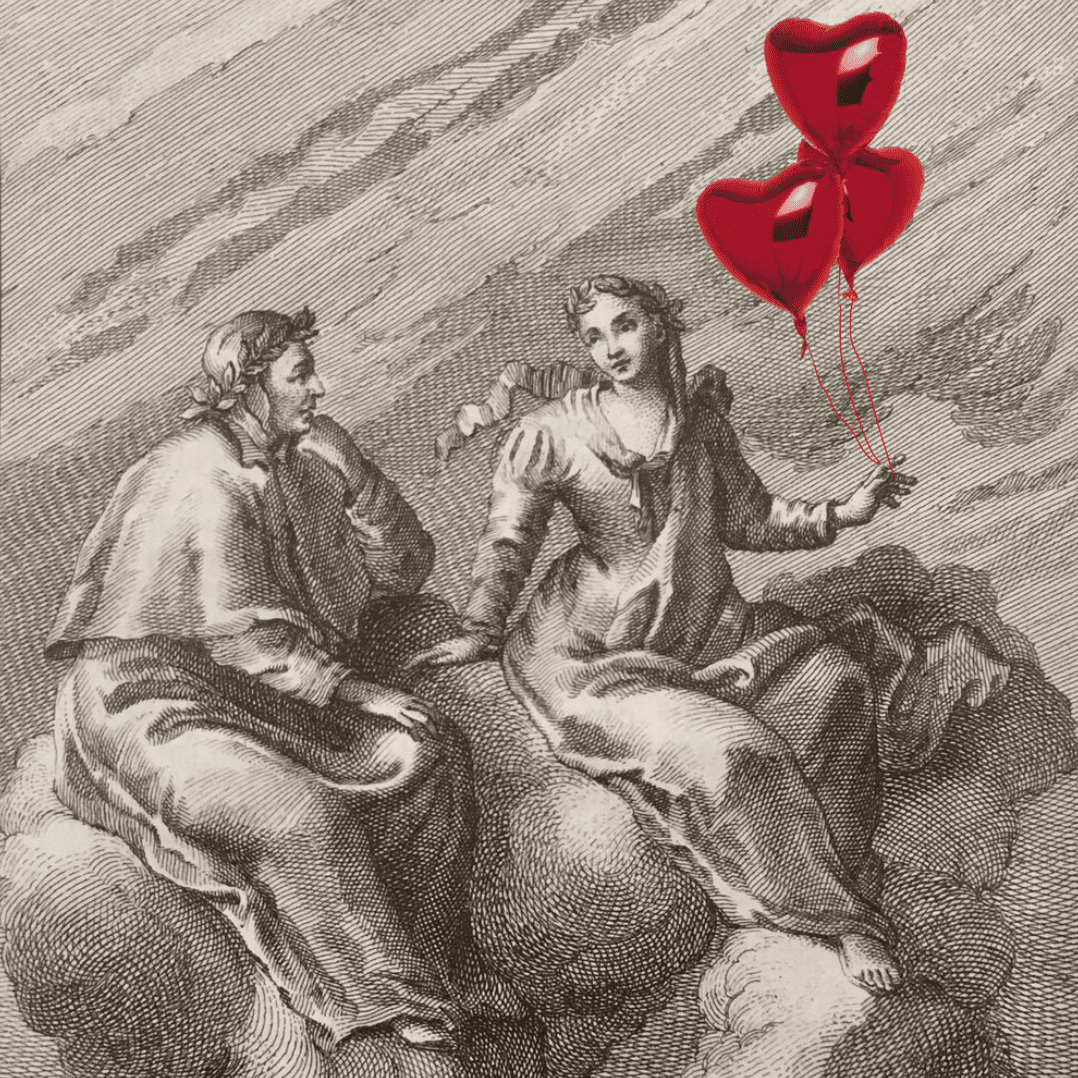
Valentine’s Day Explained
A Celebration of Love and Affection
It is observed annually on February 14th, is a cherished global tradition. It celebrates love, friendship, and connection, encouraging thoughtful gestures and heartfelt gift-giving.
The Origins of Love Day
To begin with, the holiday is named after Saint Valentine, a Christian martyr. Over centuries, it evolved from a religious commemoration into a day celebrating romantic and platonic relationships. For a deeper dive into its history, visit History.com.
Traditions Around the World
Additionally, Valentine’s Day traditions vary across cultures but often include exchanging cards, flowers, and chocolates. Many couples celebrate with romantic dinners, while others prefer to give small, meaningful gifts. For creative gift ideas, check out the Valentine’s Day Gifts Guide.
More Than Just Romance
Importantly, Valentine’s Day goes beyond romantic love. It also highlights friendship and family connections. People often exchange notes and tokens of appreciation, making the holiday inclusive for everyone. To find unique card designs, visit Etsy.
A Boost for Local and Online Businesses
Moreover, Valentine’s Day significantly benefits businesses by driving demand for jewelry, flowers, and dining experiences. This creates opportunities for both local stores and online platforms. Stay informed about the latest Valentine’s trends on Business Insider.
Celebrate Valentine’s Day Your Way
Finally, whether you prefer grand gestures or simple acts of kindness, Valentine’s Day is about meaningful connections. The holiday offers countless ways to celebrate. Learn more on Valentine’s Day Central.
The Essence of Valentine’s Day
In conclusion, Valentine’s Day is a time to cherish relationships and express love in various forms. Its traditions and evolving significance continue to bring people together worldwide.
Origins of Lupercalia Festival

Lupercalia: The Ancient Roman Festival of Fertility
Lupercalia, celebrated annually on February 15th, is an ancient Roman festival with deep connections to fertility, abundance, and Rome’s legendary origins.
Origins and Mythological Roots
To start, Lupercalia dates back to at least the 6th century B.C., long before the founding of Rome. This ancient festival honored Lupercus, the Roman god of shepherds, symbolizing fertility and protection. Furthermore, its mythology intertwines with the story of Romulus and Remus, Rome’s legendary founders. For additional insights into Roman mythology, visit Ancient History Encyclopedia.
The She-Wolf Connection
In addition, the festival paid homage to Lupa, the she-wolf who nursed Romulus and Remus. This sacred connection reinforced Rome’s cultural identity and pride. Rituals were performed in the Lupercal cave, situated on Palatine Hill, believed to be the site where Lupa cared for the twins. For a closer look at this historical connection, explore more on History.com.
Rituals and Practices
What’s more, Lupercalia featured unique and symbolic rituals. These included animal sacrifices, fertility rites, and ceremonies led by priests known as Luperci. These practices sought to promote fertility in humans and livestock, reflecting the festival’s central purpose. Fertility traditions held significant importance in Roman religious customs.
Connection to Valentine’s Day
Interestingly, some historians draw parallels between Lupercalia and Valentine’s Day. While the connection remains debated, both celebrations share themes of love and fertility. To learn more about the historical evolution of Valentine’s Day, visit Britannica.
Legacy of Lupercalia
In conclusion, Lupercalia seamlessly blended mythology, rituals, and Rome’s legendary origins. Its traditions remain a fascinating aspect of ancient Roman culture, offering insight into their beliefs and practices. To explore other ancient festivals and their impact, check out World History Encyclopedia.
By examining Lupercalia, we gain a deeper understanding of how ancient traditions have influenced modern celebrations and cultural identities.
St. Valentine’s Secret Marriages

The Martyr of Love
St. Valentine, a 3rd-century Roman priest, is celebrated for defying Emperor Claudius II’s ban on marriages for young men.
Defying an Emperor’s Decree
Emperor Claudius II believed that unmarried soldiers made better fighters. To strengthen his army, he banned marriages for young men. Learn more about Claudius II on Ancient History Encyclopedia.
Secret Wedding Ceremonies
Valentine, viewing marriage as a divine sacrament, secretly performed weddings for couples in love. These secret ceremonies defied imperial orders. Explore the significance of marriage in Christian traditions on Britannica.
Imprisonment and Execution
Valentine’s acts of defiance led to his arrest and eventual execution on February 14th, around 269 AD. His martyrdom solidified his legacy as a symbol of love and sacrifice.
A Blurred Historical Record
The story of St. Valentine blends history and legend. Some accounts suggest multiple Valentines contributed to his association with romance. Discover more about these legends on Catholic Online.
Why St. Valentine Represents Love
Over time, Valentine’s actions became a powerful metaphor for romantic devotion. This association inspired the creation of Valentine’s Day, celebrated annually on February 14th. Learn about the holiday’s evolution on History.com.
A Legacy of Love
St. Valentine’s story remains a testament to the enduring power of love and sacrifice. Explore his impact on modern traditions at Valentine’s Day Central.
Chaucer’s Courtly Love Influence

Geoffrey Chaucer: The Poet Who Shaped Valentine’s Day
Geoffrey Chaucer, a 14th-century English poet, undoubtedly influenced the connection between Valentine’s Day and romantic love through his groundbreaking works.
“Parliament of Fowls” and Courtly Love
To begin with, Chaucer’s poem, “Parliament of Fowls,” written around 1380, stands as one of the earliest texts linking Valentine’s Day with romance. In this work, birds choose their mates, symbolizing courtly love and romantic ideals. Moreover, it is believed that the poem may have been composed to celebrate King Richard II’s marriage to Anne of Bohemia, adding historical significance to its themes. For further insights, explore more about this poem on Poetry Foundation.
Popularizing Courtly Love in Literature
In addition, Chaucer was instrumental in introducing courtly love, a romantic concept celebrated in medieval courts, into English literature. Through his writings, he laid the groundwork for expressing love through poetry and elegant gestures—traditions that continue to shape modern Valentine’s Day customs. For a deeper understanding, learn about courtly love’s history on Britannica.
Literary Innovations and Language Expansion
What’s more, Chaucer’s use of Latin and French borrowings in his English texts created a sophisticated “High Style” of aristocratic literature. This innovation enriched the English language, introducing new terms central to romance and love poetry. His iconic work, “The Canterbury Tales,” exemplifies this transformative style. To explore this influence, visit The British Library.
Laying the Foundations for Valentine’s Day Traditions
Finally, Chaucer’s contributions didn’t just remain within the pages of medieval texts. Instead, his literary efforts reshaped how love and romance were celebrated in his time and beyond. By inspiring future poets, Chaucer firmly established Valentine’s Day as a cultural tradition centered on romantic expressions.
The Lasting Legacy
In conclusion, Geoffrey Chaucer’s influence on Valentine’s Day traditions remains unparalleled. His work not only set the stage for romantic celebrations but also enriched English literature with themes and language that endure to this day. For more on Chaucer’s life and works, visit Chaucer.org. His vision continues to inspire the way we celebrate love and romance.
Chaucer’s Enduring Legacy
Geoffrey Chaucer’s poetry continues to influence Valentine’s traditions, emphasizing love through artistic expression. Discover his life and works on Chaucer.org. His vision helped transform Valentine’s Day into a cultural celebration of love and romance. More
